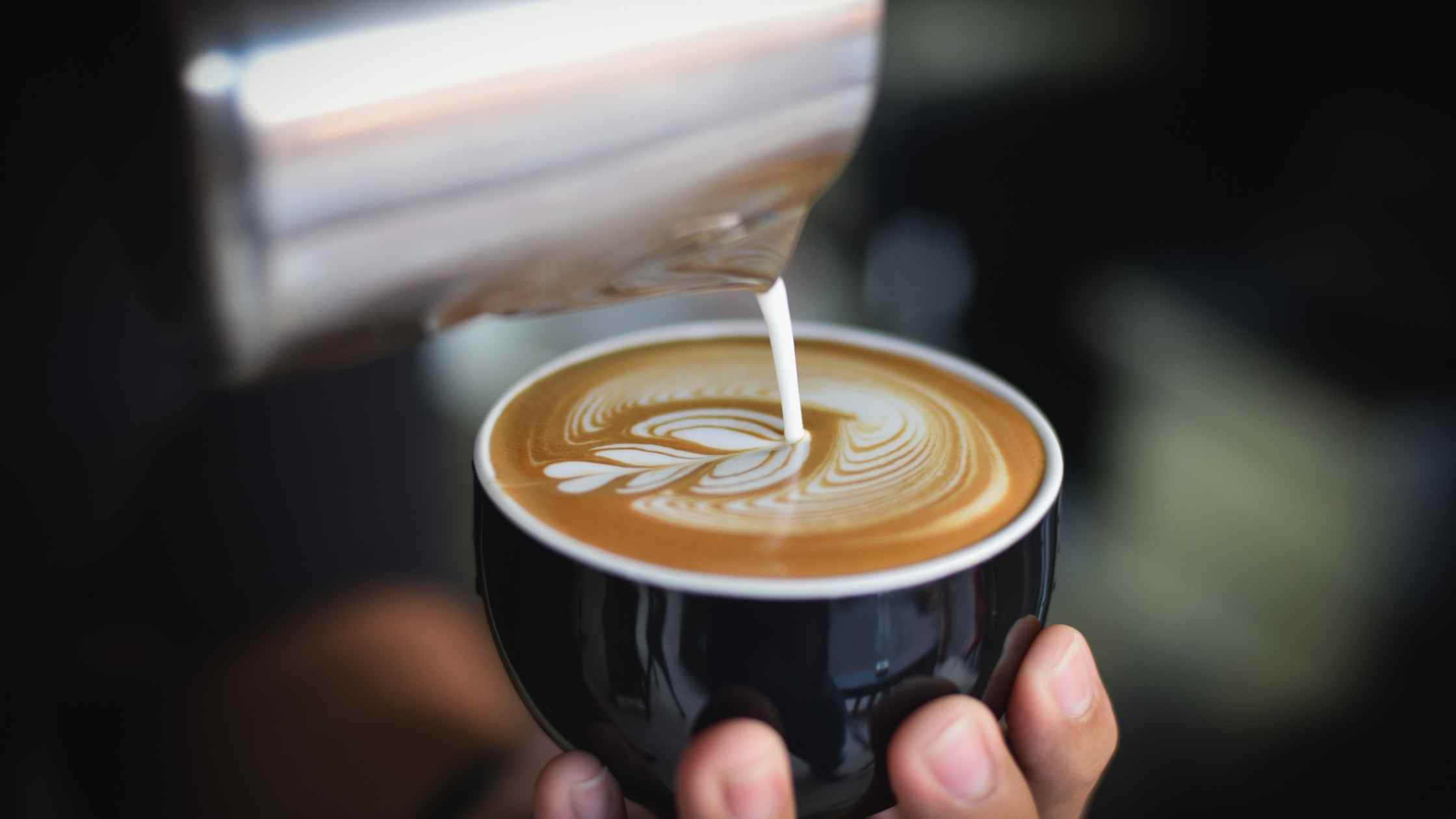Well then, good espressos, welcome to the club. My name is Alex Martinez, and today we’re going to solve one of the most haunting mysteries: Why is there no crema in my espresso? You’ve probably been told that the wonderful golden foam you see atop your espresso is a coveted feature of the shot.
How about I tell you that crema, while considered an asset, isn’t the defining feature of a great espresso? I want to break it down into three parts: why crema forms (or doesn’t), how to fine-tune its extraction, and whether or not it’s a deal-breaker for your espresso enjoyment.
What Is Espresso Crema?
Crema is the brownish layer that forms on top of most espressos. It consists of coffee oils and carbon dioxide gas captured during brewing. This foam is created when hot water is forced at very high pressure into finely ground coffee.
For many, crema marks a well-pulled shot. Nonetheless, although it provides flavour and aroma, it doesn’t mean the espresso shot is perfect.
Development of Crema
Crema is the ultimate product of coffee extraction but begins during roasting. When beans are roasted, CO2 forms and gets trapped inside. After roasting, the beans rest to allow excess gas to dissipate in degassing.
During the shot extraction process, hot water forces the CO2 in the coffee to expand to expand. Along with coffee oils, this process creates small bubbles that rise to the surface, forming crema.
6 Key Factors for Perfect Espresso Crema
1. Freshness of the Beans
Fresh beans are crucial for making crema. Old beans release CO2 and go stale instead of producing a good crema. Ideally, use beans roasted between 2 to 4 weeks prior. If the beans are too new (less than 48 hours post-roasting), they may produce too much CO2, leading to an uneven crema.
2. Grinding Fresh Beans
Grind the coffee immediately before pulling a shot. Ground coffee loses CO2 quickly when exposed to air, making it difficult to form crema. Always store beans in sealed containers to maintain freshness.
3. Pressure During Extraction
Most espresso machines are set to around 9 bars of pressure, ideal for forming crema. Some machines use higher pressures (up to 20 bars), which result in thicker crema. The grind size also affects pressure: too fine a grind over-extracts, while too coarse a grind results in weak crema.
4. The Coffee-to-Water Ratio
The standard espresso ratio is 1:2 (coffee to water). If too much water is used, the crema will be washed away; too little water results in an over-extracted, bitter shot with weak crema.
5. Roast Level
Darker roasts contain more oils and CO2, typically resulting in more crema. Lighter roasts can still create crema, but you may need to adjust the grind size and extraction time to achieve the best results.
6. Brewing Technique
Proper tamping, dosing, and shot timing matter. Shots that are too short will result in flat espresso, while over-extracted shots taste bitter and have weak crema.
Why Your Crema Might Be Lacking
Even under ideal conditions, crema may still fail to form. Here are some common reasons why:
- Old or Stale Beans: Beans that are too old have lost too much CO2.
- Bad Grind: Incorrect grind size or contaminants can lead to poor extraction and weak crema.
- Low Pressure: Insufficient pressure prevents proper CO2 expansion.
- Water Temperature: If the water is too cool, oils won’t extract properly, resulting in weak crema.
Is There More to Crema? Addressing the Myths
Many people equate the perfect shot with crema, but many coffees do not produce much crema. While Arabica beans, especially washed varieties, tend to make less crema, Robusta beans produce more.
Ultimately, the flavour of the shot matters most—not the presence of crema.
How to Get Crema in Your Espresso
Experiment to find the perfect crema for your espresso. Try these tests to see how crema affects your shots:
- Cover-Up Test: Pull a double shot, scrape the crema off one, and top the second shot with it. Compare the flavours.
- Roast Comparison: Pull shots from light, medium, and dark roasts to see how each roast affects the crema.
- Stir-Up: Stir your espresso with and without crema to experience the difference in flavour.
Conclusion: There’s More to Crema Than Meets the Eye
Crema is only one part of the perfect espresso. While a fresh shot may be better with crema, focusing too much on it can distract from the true essence of espresso: flavour, body, and balance.
So, don’t worry too much about the crema next time you make a shot. Instead, enjoy the flavour, relish the process, and experiment until you find what works best for you.
Happy brewing!
